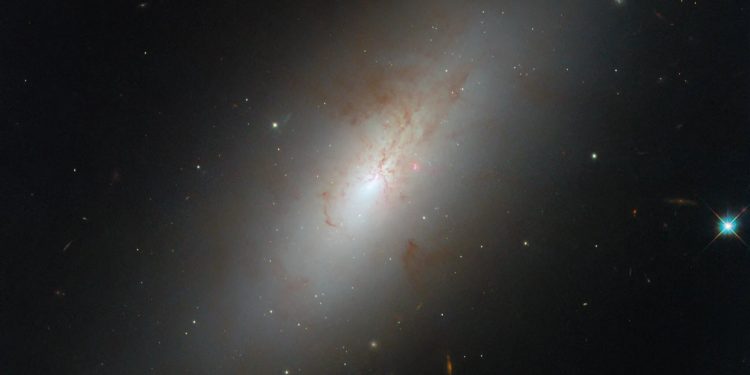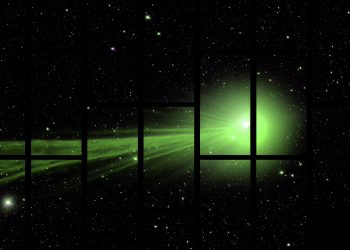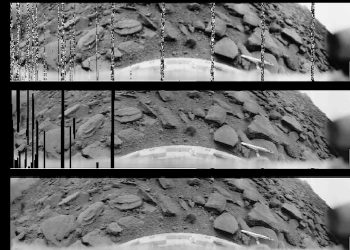The Hubble Space Telescope has once again provided us with an astonishing glimpse of the universe, this time focusing on the galaxy NGC 4694. Located about 54 million light-years away in the Virgo Cluster, this peculiar galaxy defies simple classification, leaving astronomers intrigued by its unique structure and star-forming activity.
Galaxies: A Tale of Two Main Types
Galaxies typically fall into one of two well-known categories: spiral or elliptical. Spiral galaxies, like our own Milky Way, are dynamic and youthful, with swirling arms that cradle young stars. These galaxies are rich in the gas necessary for ongoing star formation. In contrast, elliptical galaxies tend to be older and more sedate, characterized by their smoother, featureless shapes and populations of red, aging stars. They lack the gas needed to birth new stars, giving them a more uniform appearance.
The Odd Case of NGC 4694
NGC 4694, however, doesn’t fit neatly into either of these categories. At first glance, it resembles an elliptical galaxy, with a smooth, armless disk and minimal external star formation. Yet, a closer look reveals a stark difference—this galaxy’s core is brimming with young, newly forming stars, which gives it an unusually bright center.
This type of galaxy is known as a lenticular galaxy, a hybrid that shares characteristics of both spirals and ellipticals. While NGC 4694 lacks the iconic spiral arms, it retains a central bulge and disk typical of lenticular galaxies, along with an ample supply of star-forming gas.
A Closer Look: The Role of Galactic Collisions
What makes NGC 4694 truly intriguing is the evidence of a past cosmic encounter. Surrounding the galaxy is a large cloud of invisible hydrogen gas, which forms a bridge to a faint neighboring dwarf galaxy, VCC 2062. This suggests that the two galaxies collided at some point, with NGC 4694 absorbing gas from its smaller companion.
This violent collision is likely responsible for the chaotic dust structures seen in the Hubble image, as well as the ongoing star formation in the galaxy’s core. The gas being pulled from the dwarf galaxy fuels new star formation, giving NGC 4694 a younger stellar population than most elliptical galaxies.
NGC 4694’s peculiarities remind us that not all galaxies are easy to classify. Thanks to Hubble’s remarkable ability to capture these detailed images, we can explore the complex processes shaping galaxies like NGC 4694. It’s a reminder of the ever-evolving nature of our universe and the importance of continuous observation.











